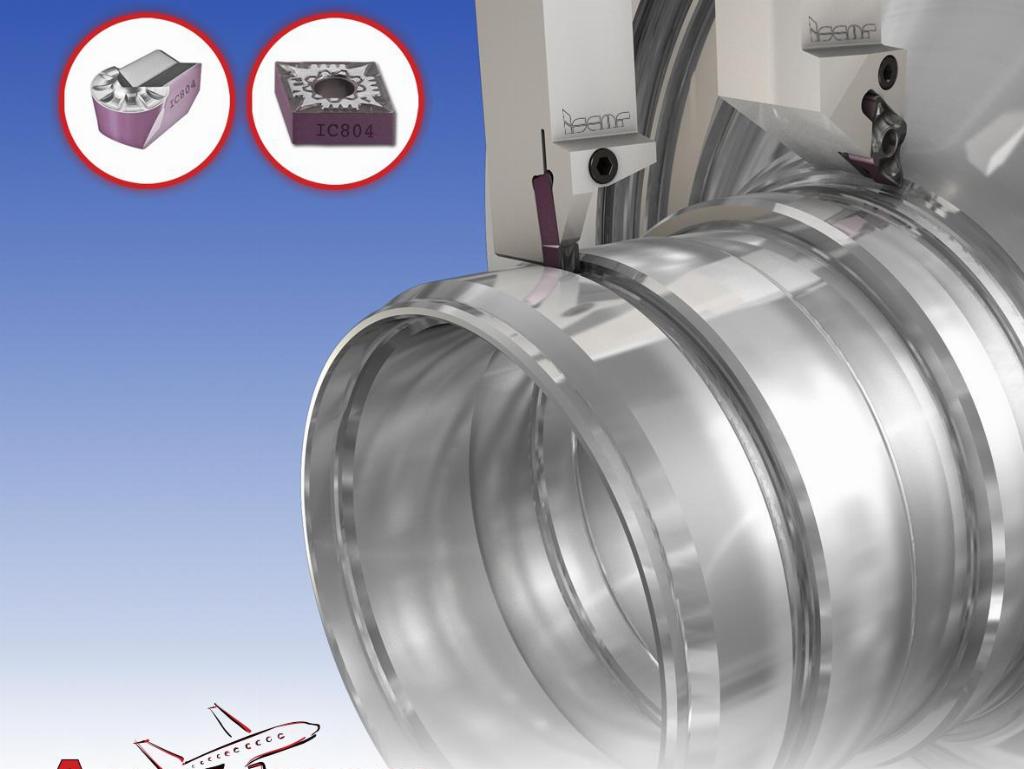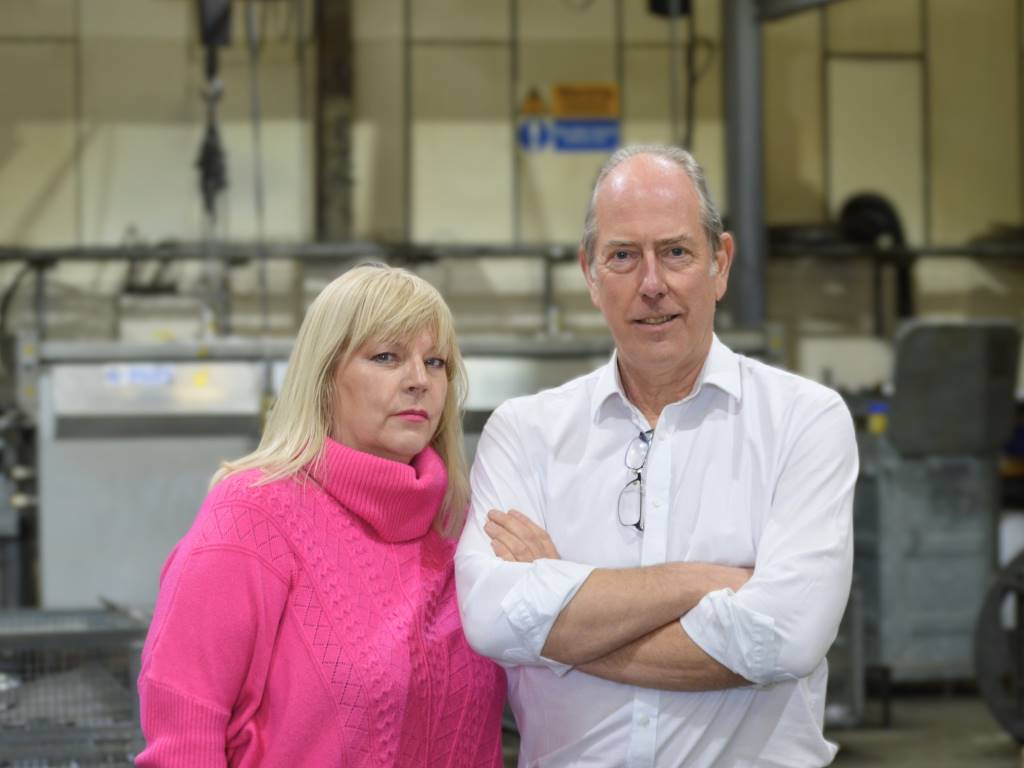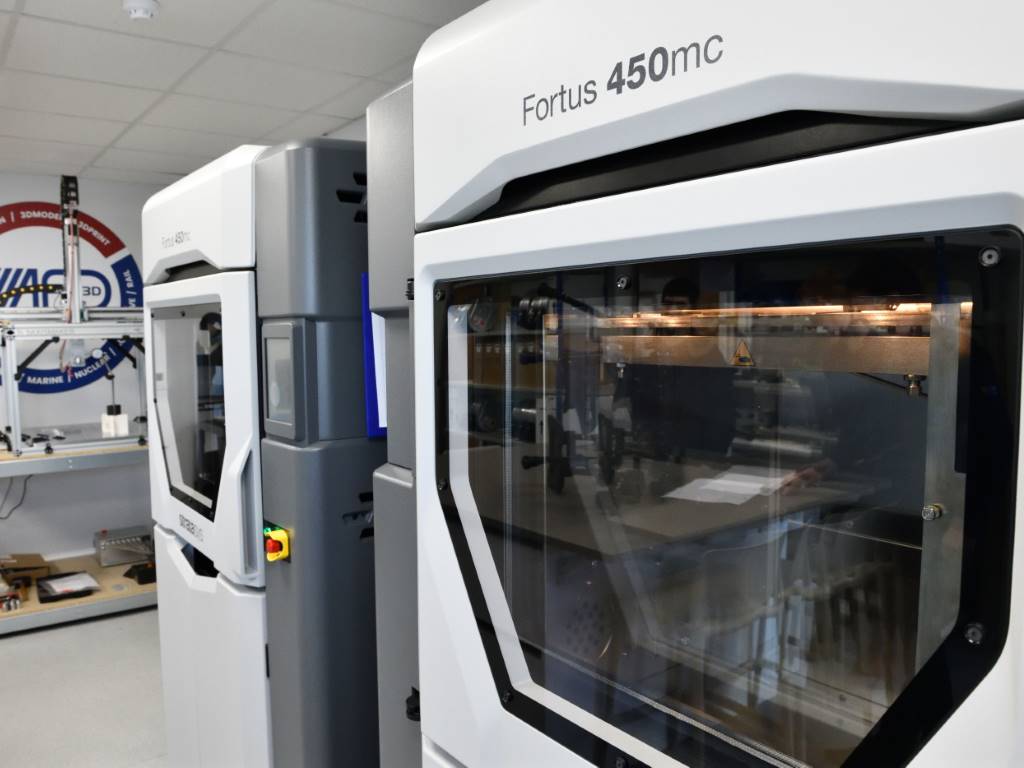Get grinding in-house

In this article Andreas Sommer, ANCA product manager, discusses the benefits of investing in regrinding and re-sharpening cutting tools in-house rather than outsourcing to tool service providers.
The regrinding industry is experiencing change. Regrinding or re-sharpening of high-performance cutting tools and drills is a cost-effective and environmentally friendly solution for extending the life of tools. And re-sharpening services are offered by tool service providers across a wide range of manufacturing industries such as automotive, aerospace, medical and power generation.
Tool and cutter grinders are traditionally sold to cutting tool manufacturers and regrinding services and these companies make up the largest market. However in-house CNC tool grinding has become increasingly attractive to manufacturers who use a sizable volume of tooling.
Re-sharpening is driven by environmental responsibility and the need to reduce overall tooling costs. The cost to recondition is generally lower than replacement and it is commonly understood that the re-sharpening process is typically less than half the cost of producing a new tool. When you consider an endmill can be reground at least three times, the numbers become even more compelling.
Tool service providers generally offer a high-quality, high precision re-sharpened tool and aim to provide performance near to original manufacturer specifications. However, the question arises, when is it more attractive to in-source the re-sharpening of a tool, not only from a cost perspective but from an operational perspective?
A large tool consumer can potentially save costs by bringing reconditioning in-house. An added bonus is the additional flexibility with turnaround times often being reduced, therefore, it is not just the cost of the tools, but the loss of production if the right tool isn’t available when required that should be considered.
Machine shops can run into overly long regrinding times, especially when they use unusual geometries. In addition, the machine shop doesn’t need to carry excess inventory providing back up.
Today’s CNC tool grinders are easier to use than ever, but conversely tools are more complex. While ANCA has introduced technology to easily automate mixed batch regrinding to ensure the process is easy and effective, any company new to tool grinding must still build up in-house expertise.
In any case it’s a big step, not only because the investment into a tool and cutter grinder can easily be in the range of AU$300,000, but also the additional costs of grinding wheels, workholding, coolant, utilities, floorspace, and of course, the time of the operator. Added to this a suitable CNC tool measuring machine will need to be included in the set-up expense.
Evaluating the economics
While an in-house tool and cutter grinding machine provides freedom to produce sharpened tools quickly and improve effectiveness in new ways, a machine shop that considers adding in-house tool grinding typically faces a difficult investment decision. As a result, cost of outsourcing and the investment of bringing tool re-sharpening in-house needs to be compared on a case by case basis.

The cost of internal regrinding will depend on the utilisation of a tool and cutter grinder. To approach the question in an objective way we firstly need to determine the hourly rate of the investment. This includes the cost of depreciation, interest, floorspace, energy, maintenance and consumables cost. The cost of the operator will come into the equation based on a one, two or three shift operation and if the machine has the capabilities to run unmanned.
Based on the hourly rate and the estimation of cycle time per tool reground, a manufacturer will be able to compare the base cost of in-house re-sharpening opposed to outsourced services.
Once you have a cost comparison it’s important to evaluate also soft factors like: the cost of spares to maintain production while tools are reground; outsourced re-sharpening cost/tool x the number of spindles needed in the machine shop; consider turnaround times and the possible cost of lost production in the event of a delay; tool quality; other processes required like edge preparation and coating and finally service and shipping costs.
Re-sharpening made easy
ANCA advances the future of regrinding by providing solutions to customers’ problems and traditionally works with leading industry partners like Zoller to develop integrated solutions.
Zoller and ANCA have developed a reliable and error free data transfer system to automatically pre-set the regrinding process. This includes the wear of the tool measured. The regrinding parameters can then be allocated to a corresponding pallet location when a tool loader is used.
Once the tool is picked up by the loader and presented to the workholding location, ANCA Auto Tool Measurement (ATM) digitises the tool. The ATM cycle has been developed to make regrinding a fast and simple operation. This cycle measures the most commonly required parameters for almost all tool types and a mixed batch of tools can automatically be loaded and reground.
Selective software
ANCA Loadermate software can group the tools by tool type, required regrinding operations and in-feeds based on the wear factor. The Loadermate allocation sets up a mixed batch of tools for unmanned operation.
ANCA offers a variety of automated regrinding solutions for mixed batches such as collet loading (where tool and collet are changed together), or collet changing and Radio-frequency identification (RFID). With RFID the required information is recorded at a programming station and the tool is coupled with an RFID tag. The machine picks up the tool together with the RFID tag, scans the RFID and automatically calls up the grinding program. The RFID tag is parked while the tool gets loaded and reground.
With the ANCA RFID solution customers can randomly load tools into a loader pallet by creating an individual program for each tool. The tool position inside the pallet can then be swapped with another tool anytime if a tool needs to be re-sharpened in a hurry.
The tool and cutter grinders can run the regrinding operation individually and unmanned, though the duration of unmanned machine usage depends on the type of loader and the capacity of pallets.














